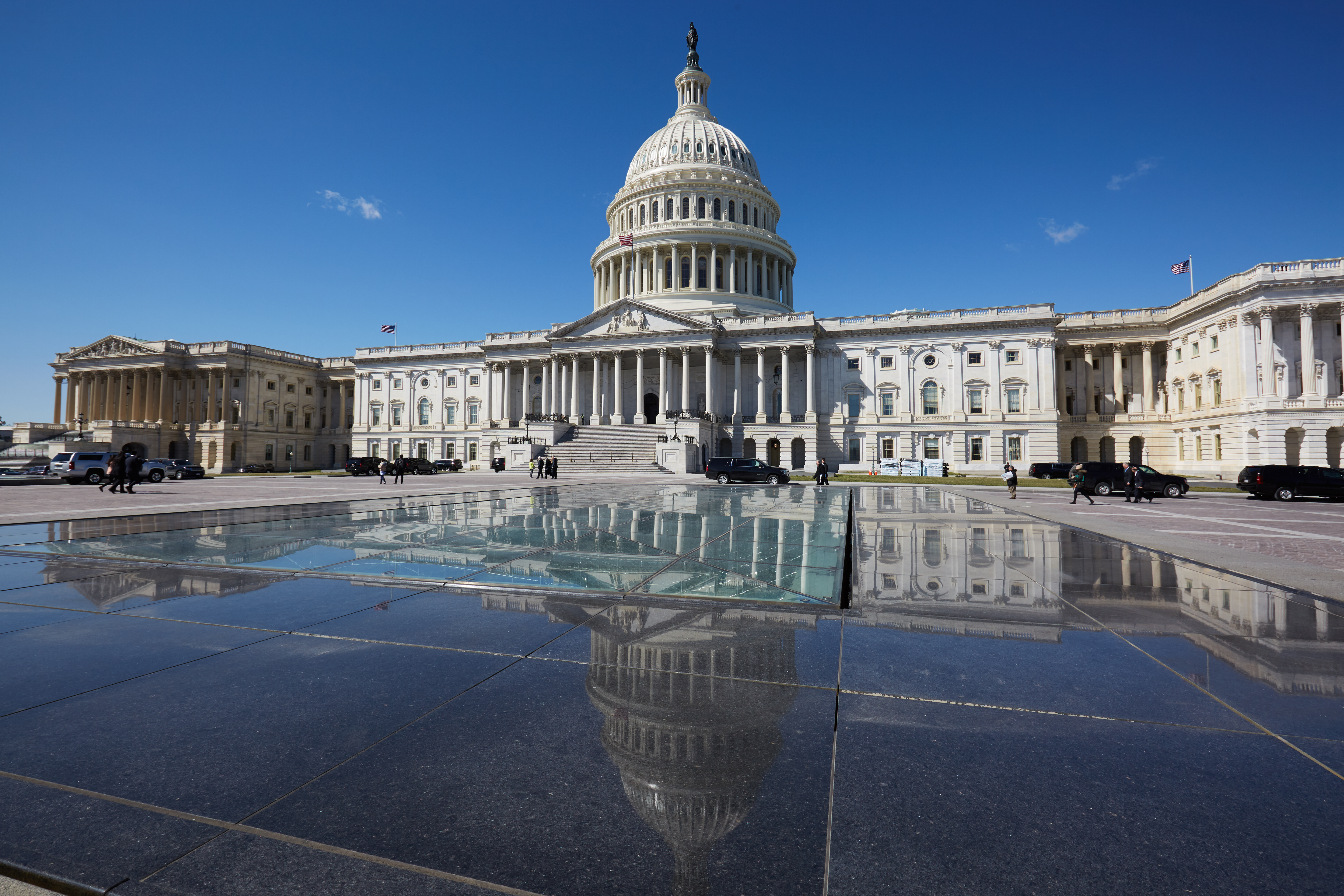
Lobbying is one of the most underutilized tools available to a charity to advance its mission. Making the very simple 501(h) election is a painless way for most charities to increase their lobbying activities for stronger environmental protections, education reforms, access to health care, and a variety of other causes, with less uncertainty and clearly defined limits. With nonprofit startups, we generally recommend making the 501(h) election when filing the Form 1023 exemption application with the IRS for the reasons outlined below.
One common misconception about public charities is that they cannot engage in lobbying. Even those organizations whose missions could benefit significantly from lobbying refrain because of the IRS’s vague guidance as to which activities constitute lobbying and how much lobbying is considered substantial.
Nonprofit organizations that do lobby must be careful to keep lobbying activities low in relation to their overall activities. For most charities, the limits are dictated by the default test known as the Substantial Part Test. To meet this test, many practitioners recommend that startups plan to keep lobbying activities to no more than 5% of an organization’s overall activities. Measuring activities may be a complicated task involving an analysis of time, money, space, work product, and other factors. All of the relevant facts and circumstances are to be considered.
Under the alternative 501(h) Expenditure Test, however, measuring lobbying activities is simple. Lobbying is measured solely by expenditures that the charity makes for lobbying activities. The limit on lobbying is set as a clear percentage of the organization’s overall annual expenditures, but cannot exceed $1,000,000.
For example, a smaller nonprofit with $500,000 in exempt purpose expenditures can spend $100,000, or 20%, on lobbying under the 501(h) Expenditure Test. Just as the expenditure limits are more clearly defined under this test, the definition of lobbying, the various types of lobbying, and exceptions to lobbying are likewise well-defined. (See Introduction to Lobbying by Public Charities for an in-depth look at the rules and calculations for both the Substantial Part Test and the 501(h) Expenditure Test.)
Consider these advantages to the 501(h) Expenditure Test:
- Spend more on lobbying. For a smaller organization, the 501(h) test allows more room for lobbying as a tool for mission advancement. As demonstrated above, a smaller organization with a budget of $500,000 can spend 20% of that on lobbying activities. Without the election, this same organization should spend less than $25,000, or 5%, to be safe.
- Simplified record-keeping. The 501(h) election requires that an electing organization track only its lobbying expenditures. A non-electing charity, on the other hand, must report detailed descriptions of any lobbying activities including whether the charity lobbied via volunteers, paid staff, advertisements, and mailings, in addition to any expenditures for such activities. Schedule C of Form 990 also requires that the charity include a report of any lobbying activity which did not incur expenses.
- Use of volunteers. Under the 501(h) expenditure test, there is no limit on the amount of lobbying activities that may be performed by unpaid volunteers (to the extent that there are no expenditures for such volunteer activities). So, an electing charity can mobilize a force of 1,000 volunteers to advocate on a specific piece of legislation and all of the volunteer activity may not count against the charity’s lobbying limits. As indicated above, a non-electing organization must record and report any volunteer time dedicated to lobbying as part of its lobbying activities and consider whether it was substantial or not.
- Less fear of exemption revocation. Under the substantial part test, an organization that engages in substantial lobbying in any one year may have its tax-exempt status revoked. However, under the alternative expenditure test, the penalty for exceeding the 501(h) limits on lobbying in a given year is much less severe– simply a tax of 25% of the excess expenditure. An electing organization may have its exemption revoked only after it has exceeded its lobbying limits by 150% for 4 years. Nevertheless, organizations should stay aware of the possibility of revocation, understand the rules, and plan carefully.
Most public charities other than churches can make the 501(h) election by filing Form 5768, “Election/Revocation of Election by an Eligible 501(c)(3) Organization to Make Expenditures to Influence Legislation.” This simple one-page form allows an organization to influence public policy more aggressively while providing the organization’s board of directors clear limitations and assurances that the organization can remain safe from revocation due to lobbying activities. Even an organization that initially does not plan to lobby is encouraged to make the election when it applies to the IRS for exempt status to protect future boards and lobbying programs that are put in place down the road.
Note from Editor: And for qualifying public charities that did not make the 501(h) election upon its application for 501(c)(3) status, it’s never too late. They can make the election any time during the year (even December 31) and it will be effective for that year. They can also freely revoke the election (though that will be in effect for the following year).
Additional Resources:
Worry-Free Lobbying For Nonprofits: How To Use The 501(h) Election to Maximize Effectiveness (Alliance for Justice)
Keeping Track: A Guide to Recordkeeping for Advocacy Charities (Alliance for Justice)